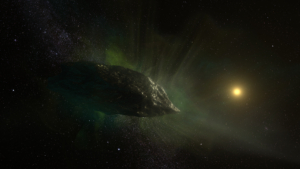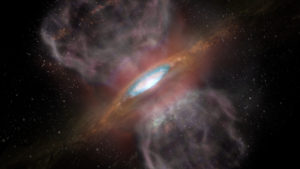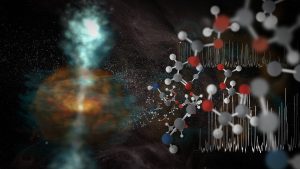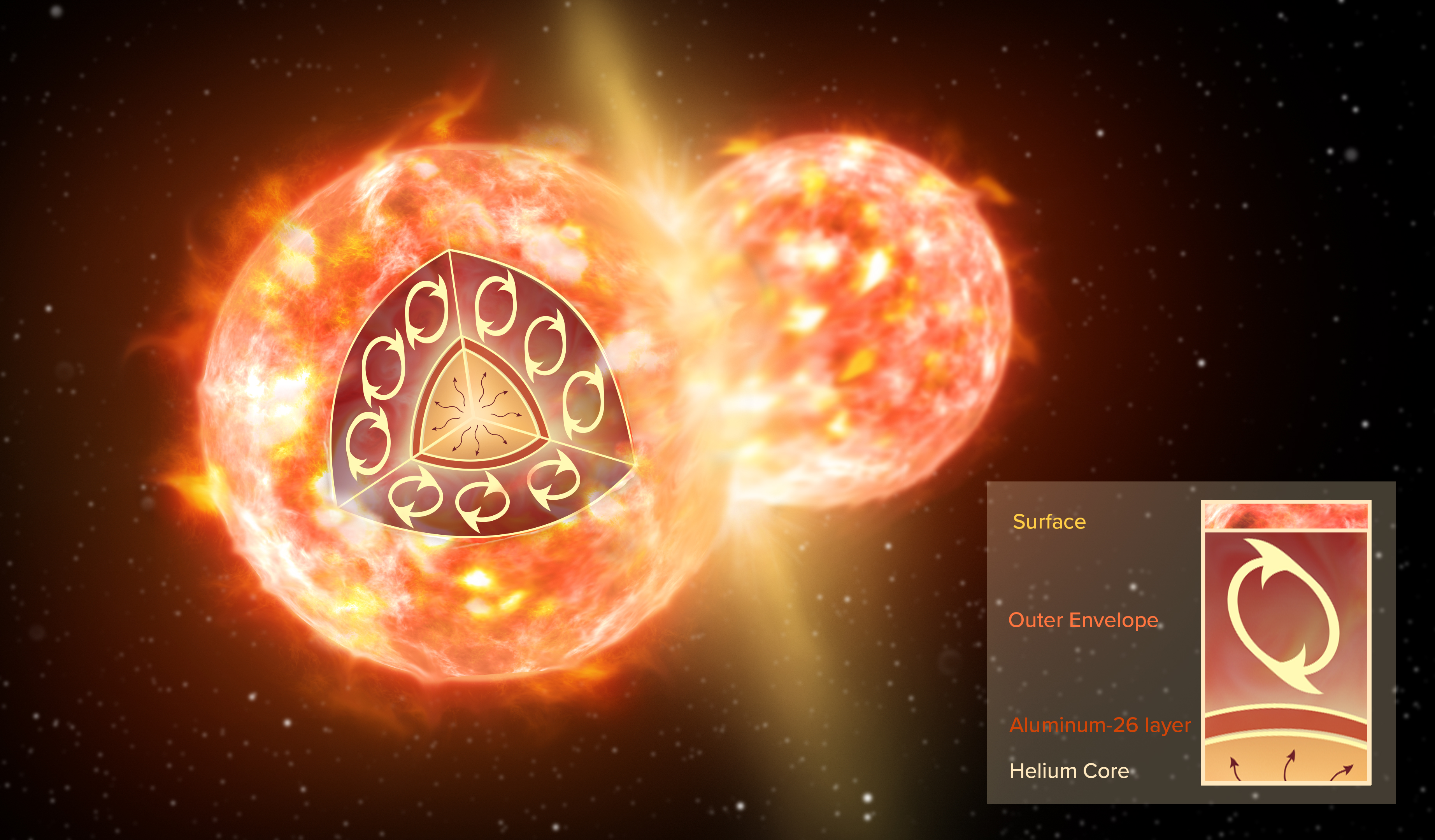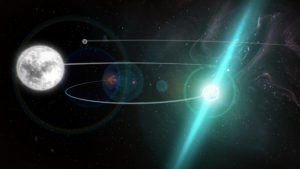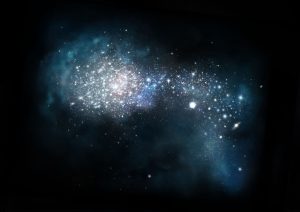ALMA is the first telescope to measure the gases originating directly from the nucleus of an object that travelled to us from another planetary system.
Liberal Sprinkling of Salt Discovered around a Young Star
ALMA discovered ordinary table salt in a not-so-ordinary location: 1,500 light-years from Earth in the disk surrounding a massive young star.
First Science with ALMA’s Highest-Frequency Capabilities
Band 10, ALMA’s highest frequency vision, has given scientists a new view of jets of warm water vapor streaming away from a newly forming star and uncovered an astonishing assortment of molecules.
Pair of Colliding Stars Spill Radioactive Molecules into Space
Astronomers have made the first definitive detection of a radioactive molecule in interstellar space: a form, or isotopologue of aluminum monofluoride. The new data reveal that this radioactive isotopologue was created by the collision of two stars, a tremendously rare cosmic event that was witnessed on Earth as a “new star,” or nova, in the year 1670.
Even Phenomenally Dense Neutron Stars Fall like a Feather
Harnessing the exquisite sensitivity of the GBT, astronomers have given one of Einstein’s predictions on gravity its most stringent test yet. By precisely tracking the meanderings of three stars in a single system – two white dwarf stars and one ultra-dense neutron star – the researchers determined that even the most massive of objects “fall” in the same manner as their less-dense counterparts.
ALMA Finds Most-Distant Oxygen in the Universe
ALMA detects signature of oxygen from galaxy 13.28 billion light-years away






